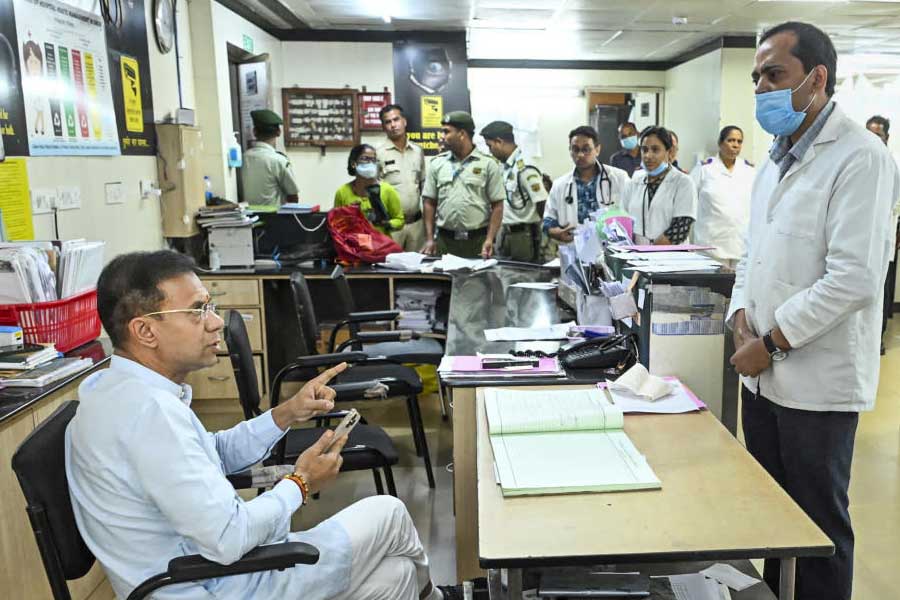 |
Engineers from Foundation for Innovation and Technology Transfer (FITT), an industrial interface of IIT-Delhi, has found the solution for infamous traffic snarls on the Bailey Road stretch between Lalit Bhavan and Patna High Court.
Using a mix of their new inventions — Swap-based Traffic Interchange and Grade Separated U-Turn-based traffic interchange — FITT has devised a model utilising combination of small elevated bridges and underground tunnels at the four traffic junctions to decongest this stretch of Bailey Road. Both technologies, which are awaiting patent rights by FITT, eradicate the concept of traffic signals.
After getting an in-principle approval by the chief minister on November 25, a memorandum of understanding was signed between FITT and Bihar Rajya Pul Nirman Nigam Limited for implementation of these innovative traffic management models in Patna on Thursday.
Upon implementation of this new technology at Punaichak More, people going towards secretariat buildings from Punaichak would need to take a U-turn using an elevated road, which would make the turn near the Patna Junction-Digha railway crossing. Those going straight to Hartali More coming from Lalit Bhavan would use an underpass. Those going towards Lalit Bhavan from Hartali More would use another underpass. Similar combination of elevated and underground surface are planned at other traffic junctions as well.
Speaking on the sidelines of the MoU-signing ceremony, the BRPNNL chairman, Sanjev Hans, said: “The innovative traffic management models developed by FITT-IIT Delhi have been selected on the basis of competitive selection process. These solutions are necessary according to the futuristic demands for the traffic conditions in Patna. FITT had made a presentation on the designs in front of the chief minister on November 25, after which he gave his in-principle approval and asked us to sign the agreement with them. These designs allow free flow of traffic movement without constant interruptions by traffic signals.”
The FITT has prepared the models, which are in sync with the ongoing and proposed infrastructure development works in the city.
It is in consideration of the upcoming Bihar Museum (on the southern flank of Bailey Road between Hartali More and High Court More) that the stretch of Bailey Road in front of its entrance has been kept for landscaping, complemented with service lane. Also, considering the possibility of underground alignment of proposed metro rail on Bailey Road, the foundation of either the underpasses or elevated stretch in the FITT model has been restricted up to 10 metres beneath the surface.
“The art, culture and youth affairs department is developing Bihar Museum at present. The urban development and housing department has also plans of running metro rail in the city ,including Bailey Road. The final models have been prepared by FITT in consultation with these departments as well,” said Hans.
Anup Chawla, professor of mechanical engineering, IIT-Delhi, who signed the MoU on behalf FITT, said: “This is for the first time that these technologies are being implemented anywhere across the globe. It is more effective than any other traditional means of traffic management as it does not require any extra land for construction of either the elevated stretch or the underpass. Also, the flyovers and underpasses are very big, which normally require too much displacement of existing utilities.”










